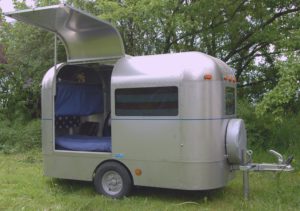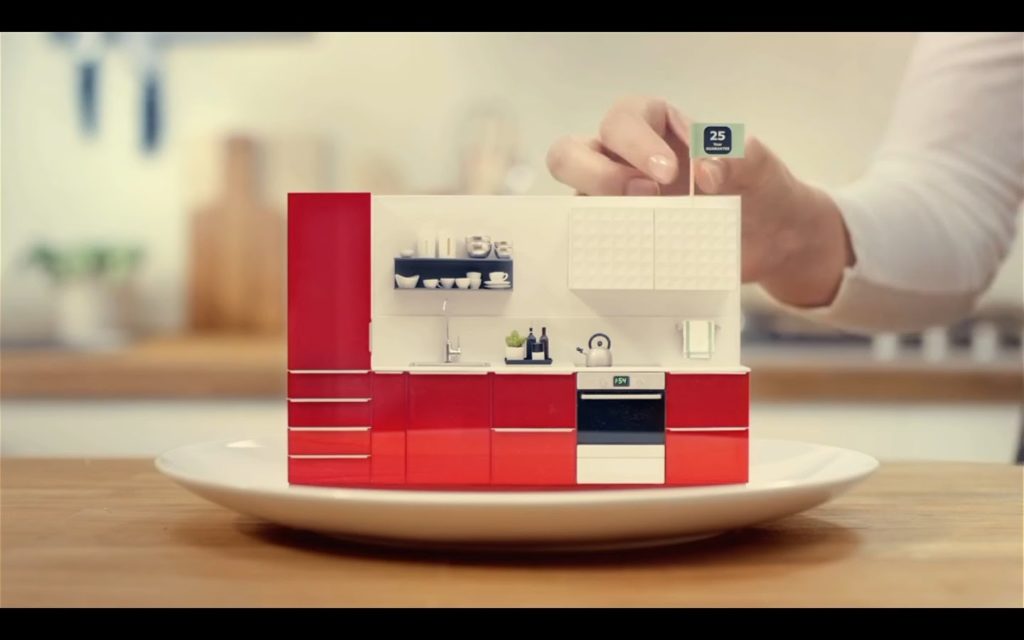When it comes to creating a beautiful and functional outdoor space, landscaping involves more than just planting flowers and shrubs. There are two key components that play a vital role in the overall design: hardscaping and softscaping. While these terms are often used together, they refer to very different elements of landscaping. Understanding the difference between the two and how they work together can help you design a yard or garden that not only looks stunning but also suits your needs. In this article, we’ll explore hardscaping and softscaping, their individual benefits, and why both are important for creating a balanced, inviting outdoor space.
What Is Hardscaping?
Hardscaping refers to the non-plant elements of landscaping. This includes anything that is made from hard materials like stone, wood, metal, or concrete. Hardscaping provides structure, functionality, and durability to your outdoor space. It’s the foundation that supports the softer, living elements of the landscape, creating pathways, seating areas, or retaining walls that are both practical and aesthetically pleasing. Common examples of hardscaping features include:
- Patios and Decks: These are perfect for creating outdoor living spaces, whether for dining, lounging, or entertaining guests.
- Walkways and Paths: Paths made from materials like flagstone, gravel, or pavers guide movement through the garden and define different areas of your yard.
- Retaining Walls: These structures help control erosion, create terraced gardens, and add a vertical element to your landscape design.
- Driveways and Parking Areas: These functional areas can be made from concrete, brick, or stone, adding both utility and style.
- Fencing and Gates: These provide privacy, security, and a defined border for your yard while also contributing to the aesthetic of your property.
- Water Features: Fountains, ponds, and waterfalls are considered part of hardscaping and can add elegance and tranquility to your outdoor space.
What Is Softscaping?
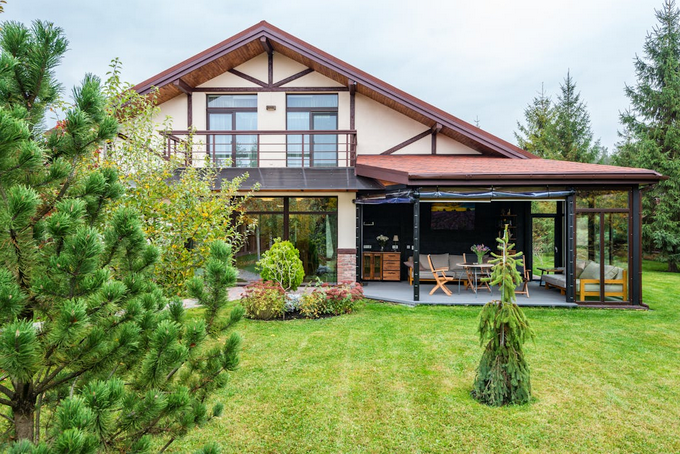
Softscaping, on the other hand, refers to the living, organic elements of your landscape. This includes plants, flowers, trees, shrubs, and grass. Softscaping is what brings color, texture, and life to your outdoor environment, creating visual interest and contributing to the overall ambiance. While hardscaping offers structure, softscaping softens and balances the landscape, adding beauty and seasonal variety.
Common examples of softscaping features include:
- Flower Beds: These areas showcase a variety of seasonal or perennial flowers, providing vibrant color and fragrance throughout the year.
- Lawns and Grass: Grass is essential for creating open spaces for children, pets, or outdoor activities and adds a lush green backdrop to your landscape.
- Shrubs and Bushes: These plants provide structure and fill in gaps between larger trees and smaller flowers, offering texture and seasonal interest.
- Trees: Large trees provide shade, privacy, and a sense of permanence in the landscape, as well as aesthetic appeal through their foliage and flowers.
- Vines and Groundcovers: These plants can fill in spaces, cover bare patches of soil, and soften the edges of hardscaping elements.
Why Both Hardscaping and Softscaping Matter
While hardscaping and softscaping are distinct, they work best when combined in a complementary way. Each element enhances the other, creating a cohesive and balanced outdoor design. Here’s why both are essential:
Functionality and Aesthetic Balance
Hardscaping offers structure and functionality, allowing you to create usable spaces like patios, walkways, and outdoor kitchens. These features help you make the most of your outdoor space, whether you’re entertaining, relaxing, or gardening. Softscaping adds beauty, color, and life, softening the rigid lines of hardscaping elements and making the overall landscape feel more inviting and natural. For example, a beautifully designed stone patio surrounded by lush greenery and colorful flowers creates a harmonious blend of both hard and soft elements. The patio provides a functional space for gathering, while the surrounding plants bring life and beauty to the setting.
Long-Term Durability vs. Seasonal Appeal
Hardscaping features, being made from durable materials, provide long-lasting value. They can withstand the elements and require minimal maintenance over the years. For example, a stone pathway can last for decades, while a wooden deck may need refinishing from time to time. Softscaping, on the other hand, offers seasonal variety and dynamic beauty. Plants change with the seasons, offering fresh colors and textures throughout the year.
Environmental Impact and Sustainability
Both hardscaping and softscaping can contribute to sustainability. Hardscaping elements, such as permeable pavers or rain gardens, help with water drainage and prevent soil erosion. These features can reduce water runoff and improve the overall health of your landscape. Softscaping, especially when using native plants, plays a crucial role in supporting local ecosystems.
Hardscaping and softscaping each have a unique role to play in landscaping design. Hardscaping provides the structure and functionality that makes your outdoor space usable, while softscaping adds life, beauty, and seasonal interest. When combined thoughtfully, these elements create a balanced, functional, and visually appealing landscape that enhances the value and enjoyment of your property.

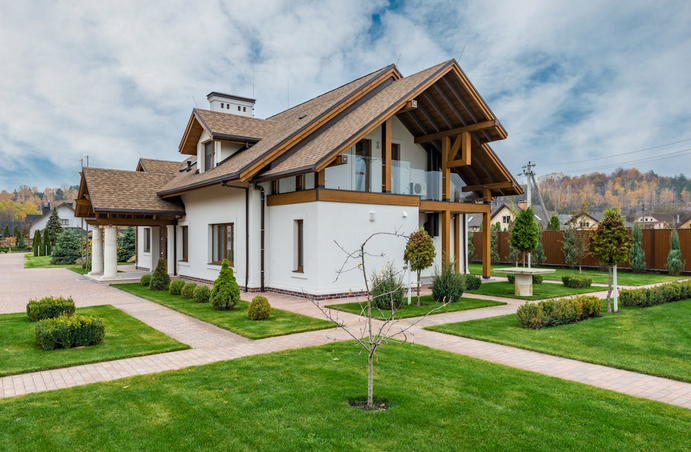
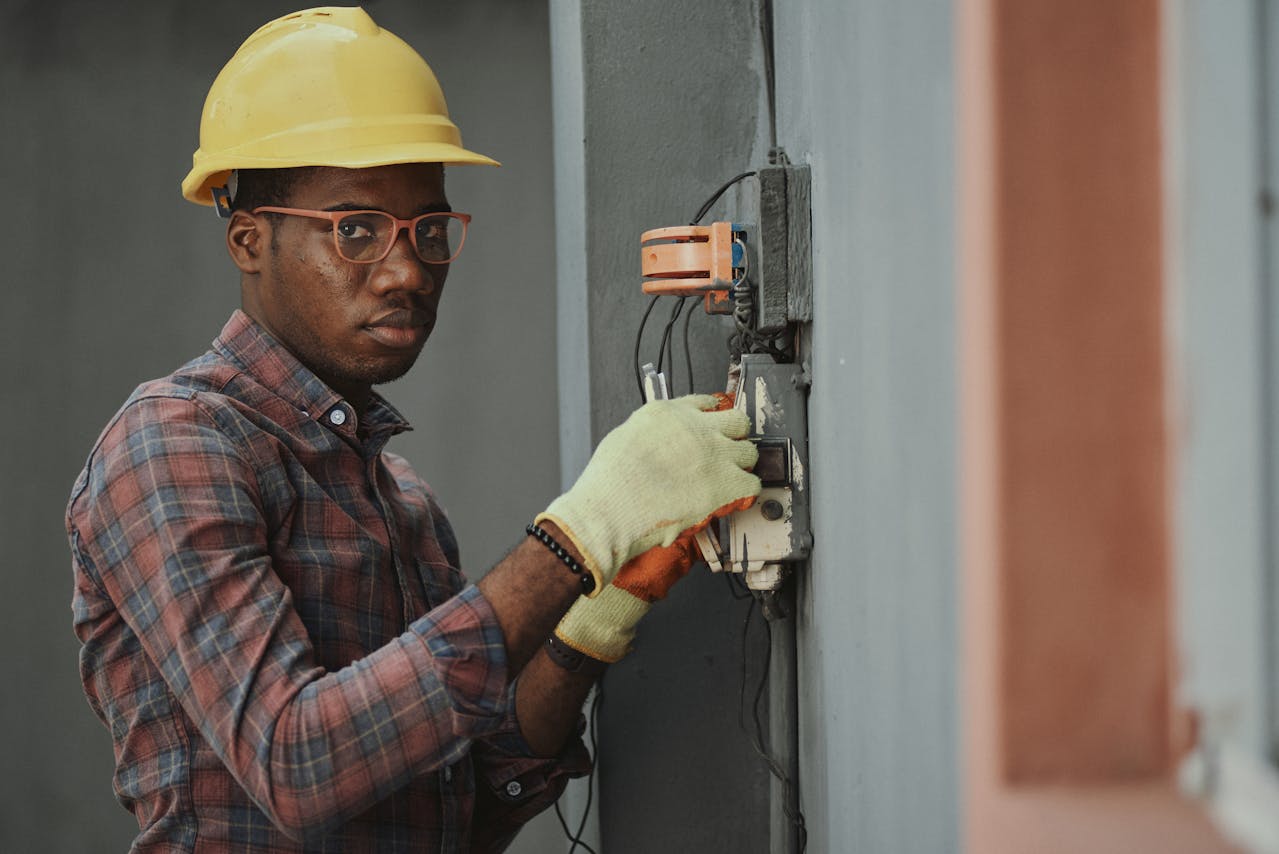
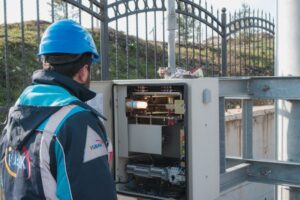 If you notice that your lights flicker or dim, especially when you turn on other appliances, it could be a sign of an overloaded circuit or a loose connection somewhere in your electrical system. This can also happen if there’s a problem with the wiring, the light fixture itself, or even the electrical panel. While a single flickering light may not seem like a big deal, recurring flickering or dimming can indicate a bigger problem, such as faulty wiring or a failing electrical panel. Either way, it should be checked out sooner rather than later to avoid further damage or a potential fire hazard.
If you notice that your lights flicker or dim, especially when you turn on other appliances, it could be a sign of an overloaded circuit or a loose connection somewhere in your electrical system. This can also happen if there’s a problem with the wiring, the light fixture itself, or even the electrical panel. While a single flickering light may not seem like a big deal, recurring flickering or dimming can indicate a bigger problem, such as faulty wiring or a failing electrical panel. Either way, it should be checked out sooner rather than later to avoid further damage or a potential fire hazard.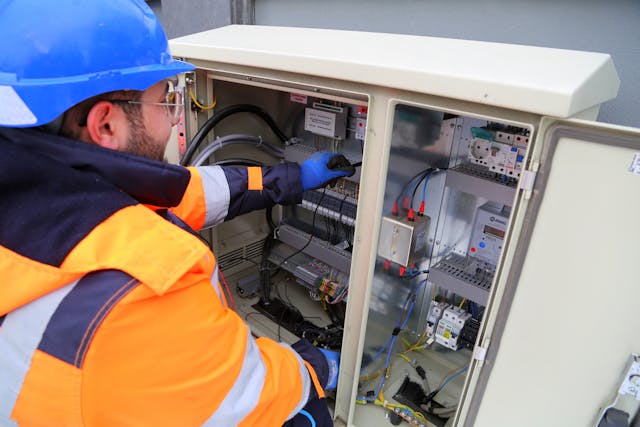
 This is a major safety concern if you see sparks or experience an electrical shock when plugging in appliances or touching outlets. Sparks often indicate that there’s a loose connection or short circuit somewhere in your electrical system. Similarly, electrical shocks (even small ones) can indicate grounding issues, faulty wiring, or a damaged appliance. In these cases, it’s crucial to stop using the affected outlet or appliance immediately and call an electrician. Electrical shocks can be dangerous; sparks can quickly lead to fires if left unaddressed.
This is a major safety concern if you see sparks or experience an electrical shock when plugging in appliances or touching outlets. Sparks often indicate that there’s a loose connection or short circuit somewhere in your electrical system. Similarly, electrical shocks (even small ones) can indicate grounding issues, faulty wiring, or a damaged appliance. In these cases, it’s crucial to stop using the affected outlet or appliance immediately and call an electrician. Electrical shocks can be dangerous; sparks can quickly lead to fires if left unaddressed.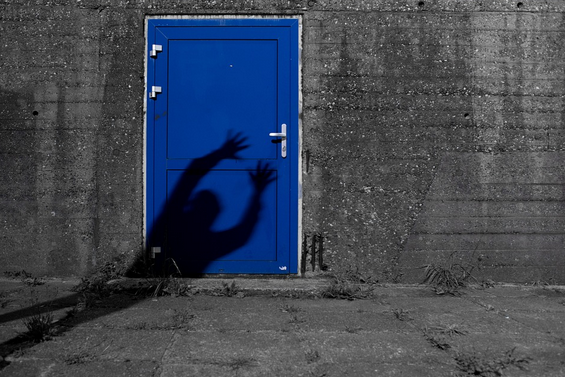

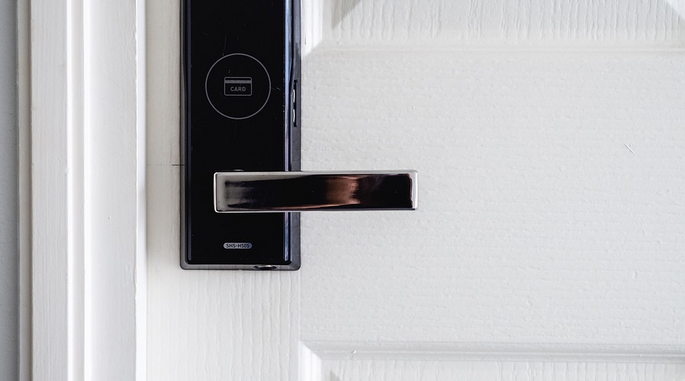
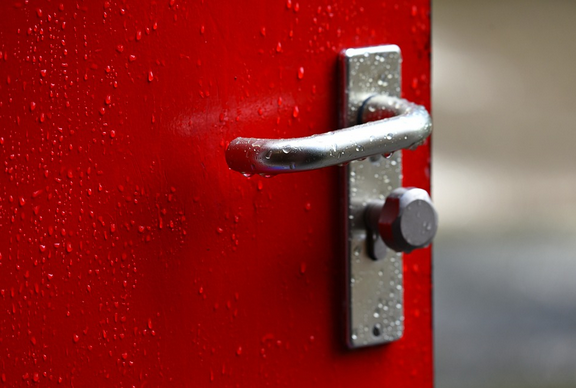
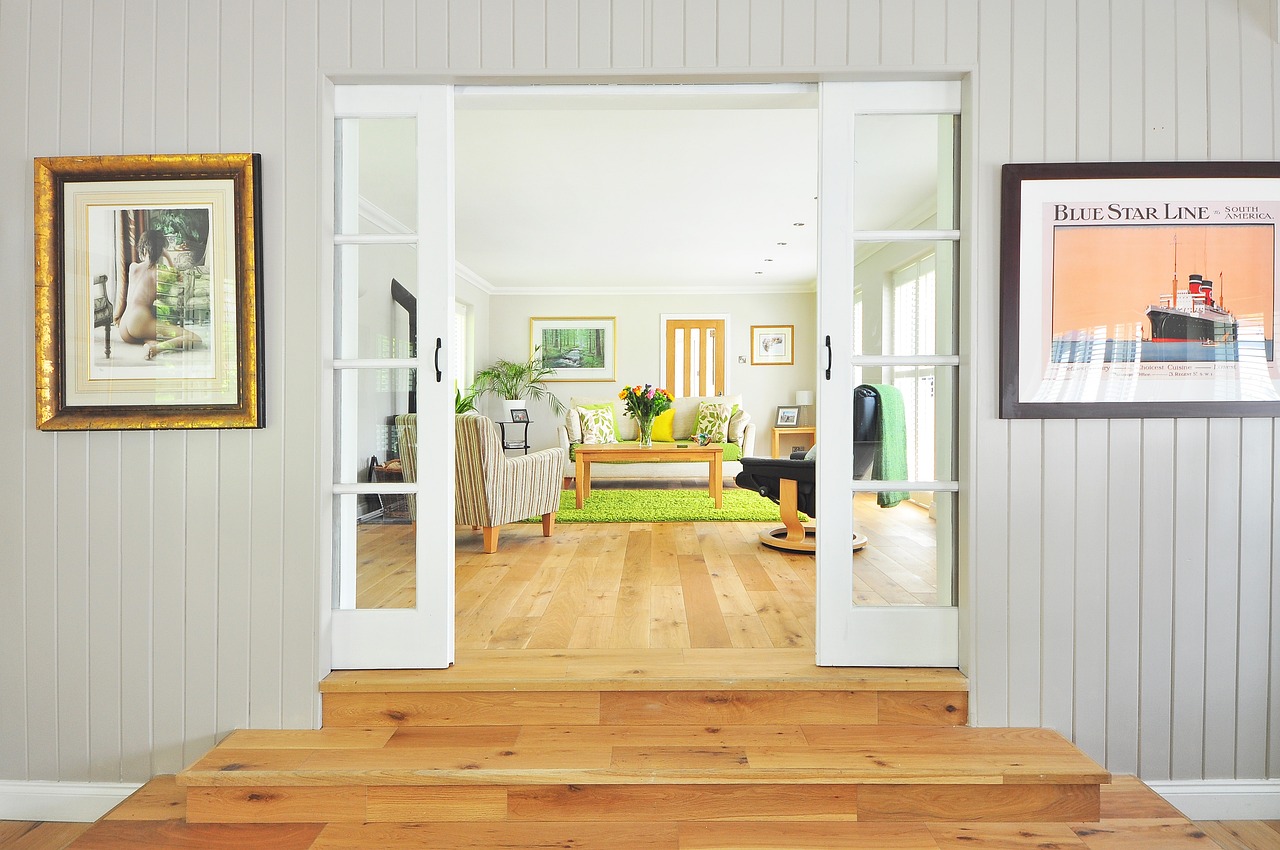
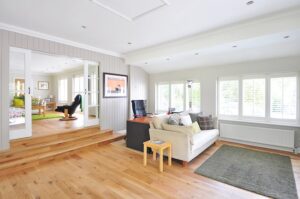 Hardwood is highly sensitive to changes in moisture and humidity levels. Excess moisture can lead to warping, cupping, or buckling of the wood. On the other hand, low humidity may cause the wood to shrink and develop gaps. To mitigate these issues, maintain a consistent indoor humidity level between 30-50%, use dehumidifiers in damp areas, and promptly clean up spills to prevent moisture infiltration.
Hardwood is highly sensitive to changes in moisture and humidity levels. Excess moisture can lead to warping, cupping, or buckling of the wood. On the other hand, low humidity may cause the wood to shrink and develop gaps. To mitigate these issues, maintain a consistent indoor humidity level between 30-50%, use dehumidifiers in damp areas, and promptly clean up spills to prevent moisture infiltration. 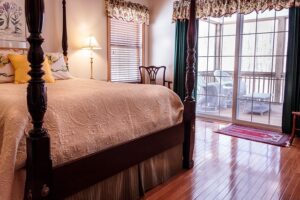 Over time, hardwood floors may develop creaks or squeaks, often attributed to changes in humidity or inadequate installation techniques. Secure loose boards, add lubricants between boards or use talcum powder to reduce friction. For persistent issues, it’s advisable to consult with a professional to identify the root cause and implement necessary repairs. While hardwood flooring adds charm and sophistication to a home, homeowners need to be aware of potential challenges. From moisture and humidity issues to scratches, sun fading, gaps, water damage, and creaks, each problem requires a proactive approach to ensure the longevity and beauty of your hardwood floors.
Over time, hardwood floors may develop creaks or squeaks, often attributed to changes in humidity or inadequate installation techniques. Secure loose boards, add lubricants between boards or use talcum powder to reduce friction. For persistent issues, it’s advisable to consult with a professional to identify the root cause and implement necessary repairs. While hardwood flooring adds charm and sophistication to a home, homeowners need to be aware of potential challenges. From moisture and humidity issues to scratches, sun fading, gaps, water damage, and creaks, each problem requires a proactive approach to ensure the longevity and beauty of your hardwood floors.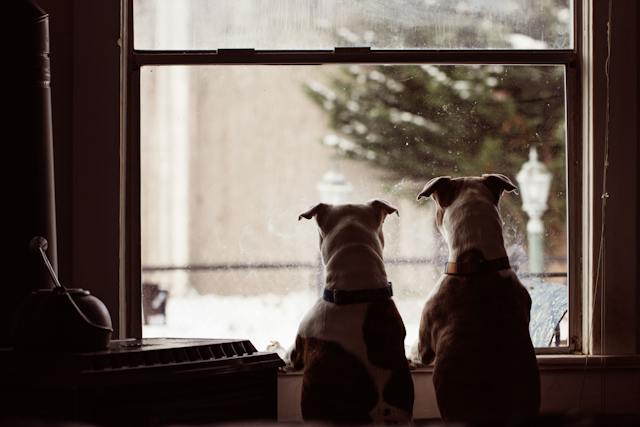

 Dogs, especially puppies and those with long fur, can leave traces of dirt, hair, and drool throughout your home. Choosing surfaces that are easy to clean will save you time and effort. Consider using washable paint for walls and opting for washable or stain-resistant fabrics for furniture and window treatments. In the kitchen, select countertops made of materials like quartz or laminate that are resistant to scratches and stains. By implementing these four architectural solutions – dedicating specific areas to your dog’s needs, selecting pet-friendly flooring, thoughtful layout planning, and opting for easy-to-clean surfaces – you can create a harmonious environment that makes both you and your pet feel at ease.
Dogs, especially puppies and those with long fur, can leave traces of dirt, hair, and drool throughout your home. Choosing surfaces that are easy to clean will save you time and effort. Consider using washable paint for walls and opting for washable or stain-resistant fabrics for furniture and window treatments. In the kitchen, select countertops made of materials like quartz or laminate that are resistant to scratches and stains. By implementing these four architectural solutions – dedicating specific areas to your dog’s needs, selecting pet-friendly flooring, thoughtful layout planning, and opting for easy-to-clean surfaces – you can create a harmonious environment that makes both you and your pet feel at ease.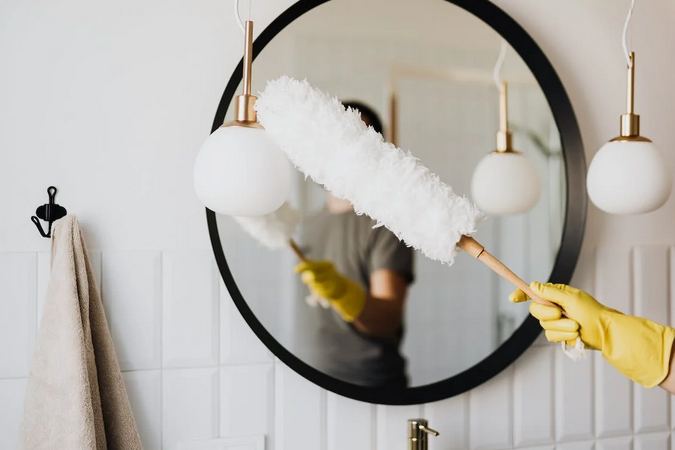
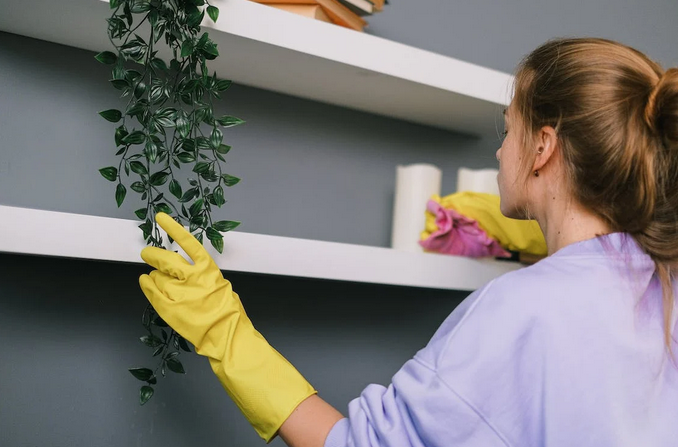
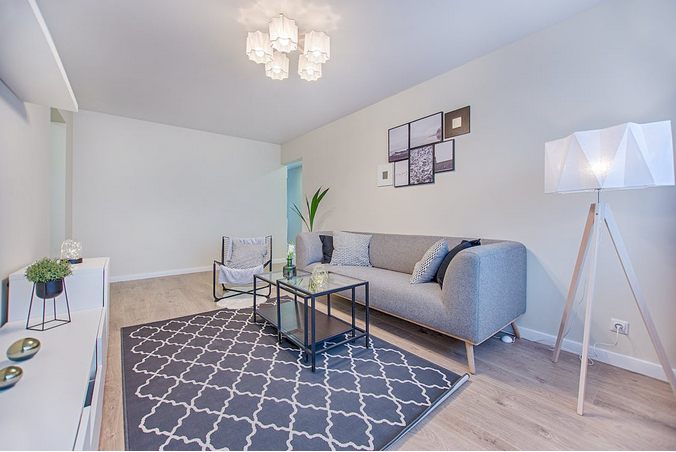
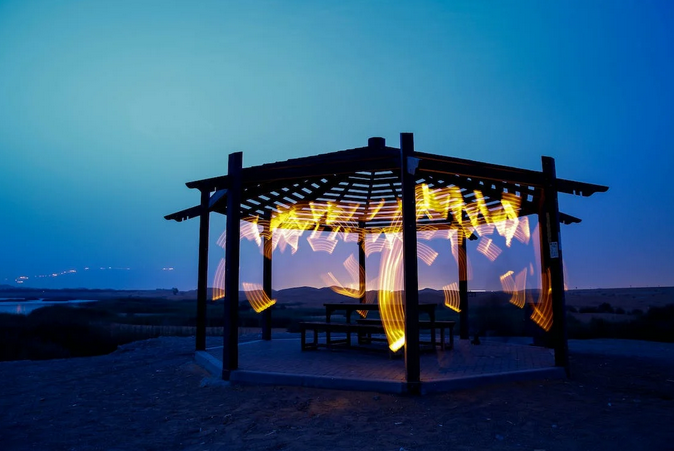
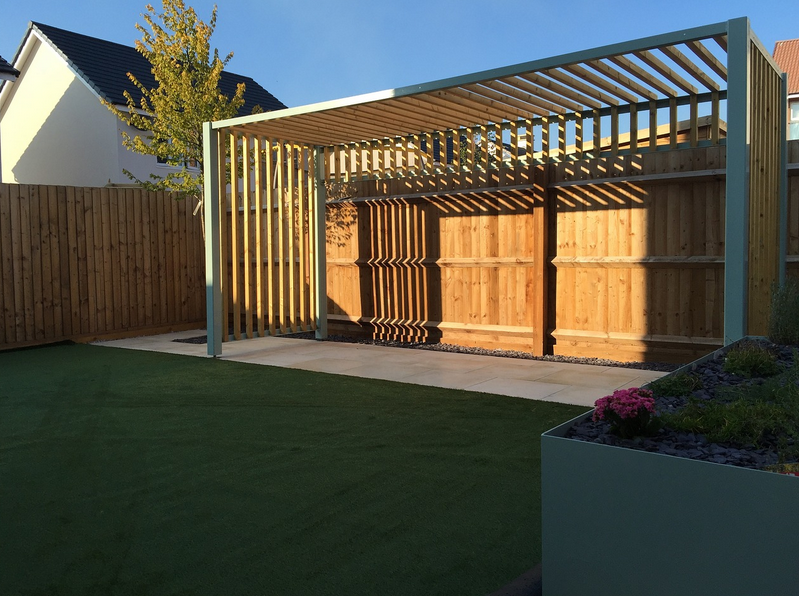
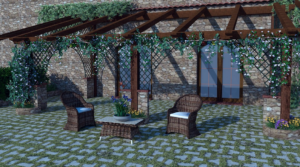 Pergolas enchant with their open and airy design. They frame the sky above and provide a canvas for climbing plants to create an enchanting living canopy. Their minimalist structure complements both contemporary and traditional settings. The sleek lines of metal pergolas offer a modern twist, while the combination of wood and stone evokes a timeless classic look.
Pergolas enchant with their open and airy design. They frame the sky above and provide a canvas for climbing plants to create an enchanting living canopy. Their minimalist structure complements both contemporary and traditional settings. The sleek lines of metal pergolas offer a modern twist, while the combination of wood and stone evokes a timeless classic look.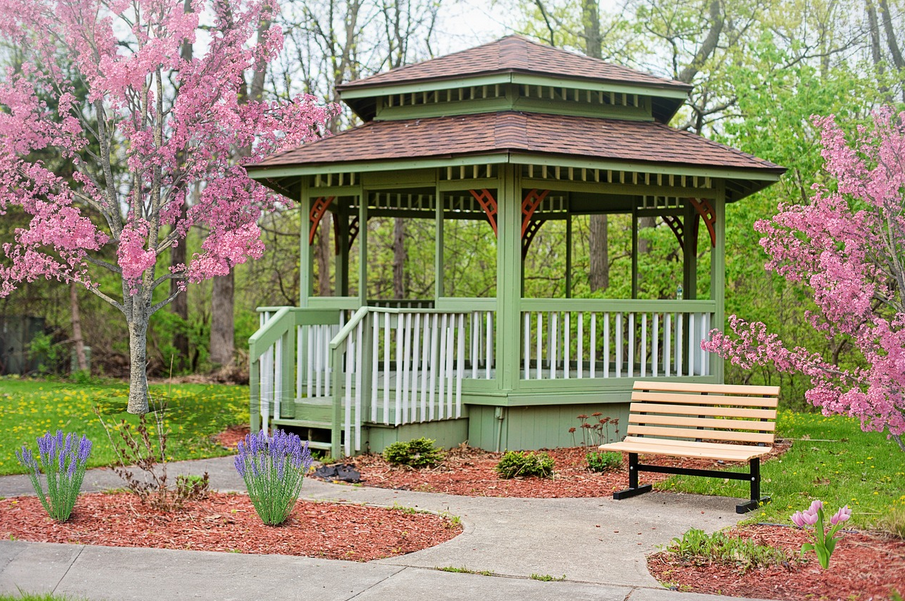
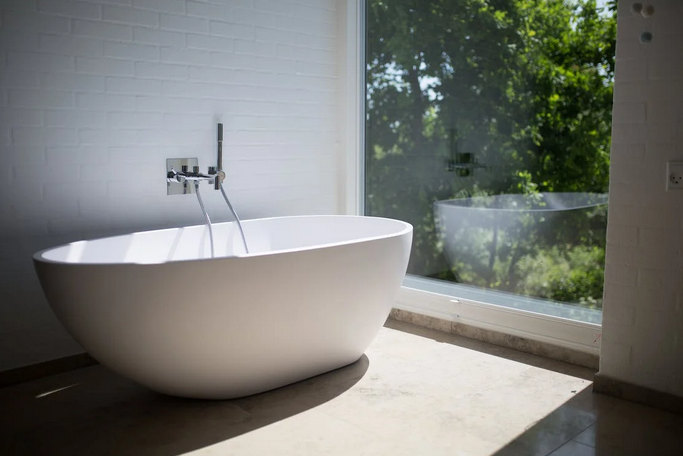
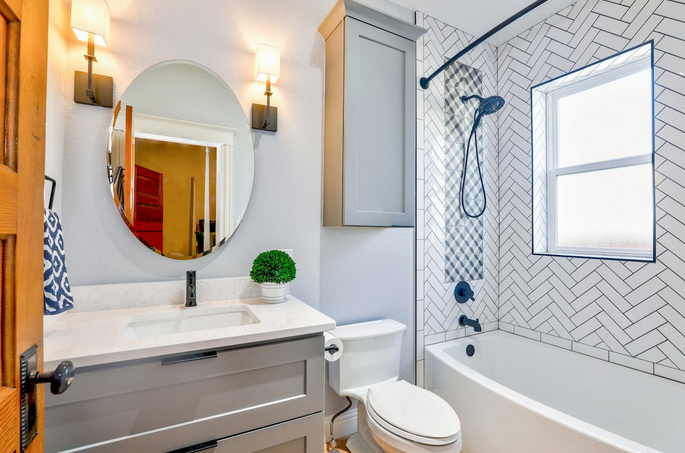
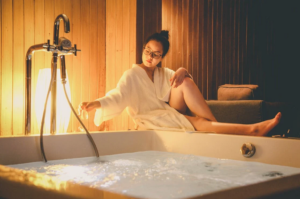 Whirlpool bathtubs are a luxurious choice that many homeowners love. They come with built-in jets that massage your body as you bathe. Whirlpool tubs can be expensive, but they offer a unique and relaxing experience.
Whirlpool bathtubs are a luxurious choice that many homeowners love. They come with built-in jets that massage your body as you bathe. Whirlpool tubs can be expensive, but they offer a unique and relaxing experience.
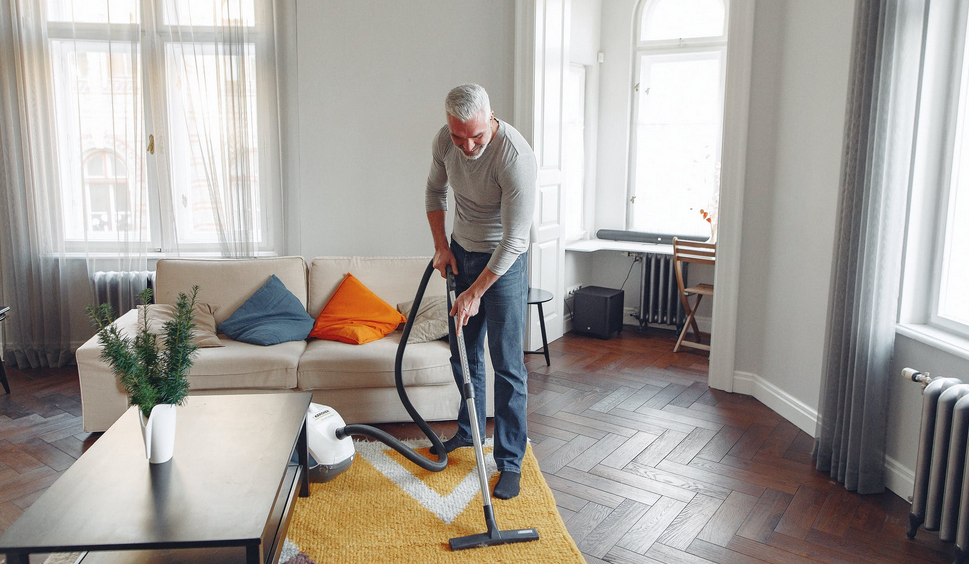 It is important to note that cleaning companies offer different types of services. Rose City Window Cleaning is an example of a company that specializes in cleaning windows. The first factor you should consider is the type of cleaning service you require. You may want to clean your carpets, floor, or even your pool.
It is important to note that cleaning companies offer different types of services. Rose City Window Cleaning is an example of a company that specializes in cleaning windows. The first factor you should consider is the type of cleaning service you require. You may want to clean your carpets, floor, or even your pool.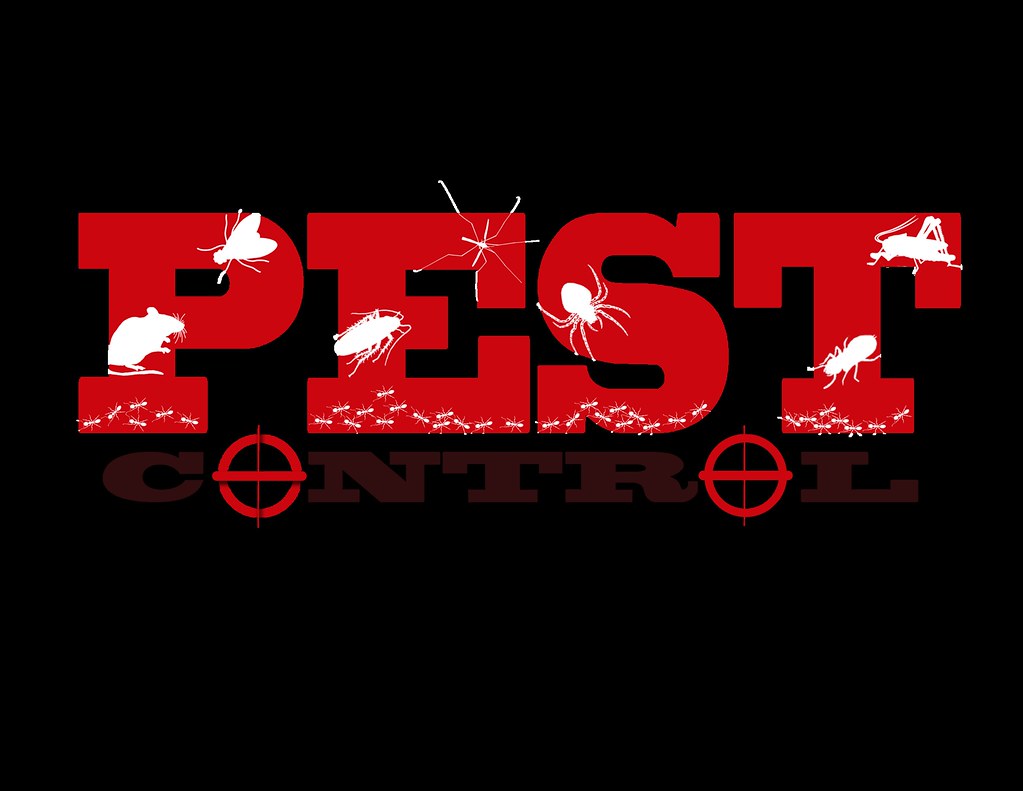
 A do-it-yourself pest control service or approach can be frustrating or time-consuming, especially if you do not understand the right pest control products that you should use. Instead of wasting time, make sure that you spend some time to look for professional experts who will handle this hard-work for you. Due to their several years of experience, it will be cheaper and easier to implement the best techniques that will eliminate pests within a short period.
A do-it-yourself pest control service or approach can be frustrating or time-consuming, especially if you do not understand the right pest control products that you should use. Instead of wasting time, make sure that you spend some time to look for professional experts who will handle this hard-work for you. Due to their several years of experience, it will be cheaper and easier to implement the best techniques that will eliminate pests within a short period.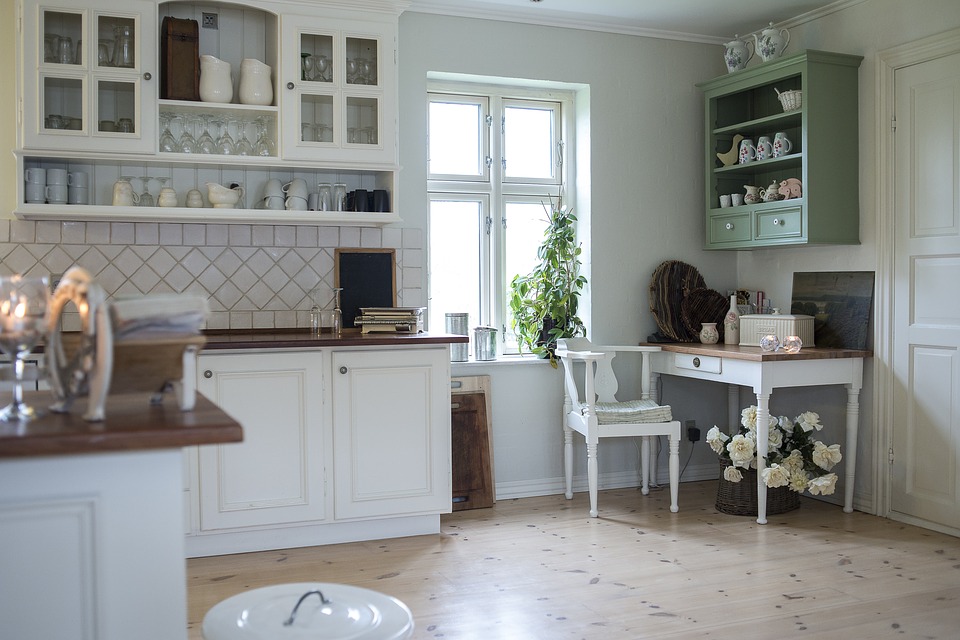
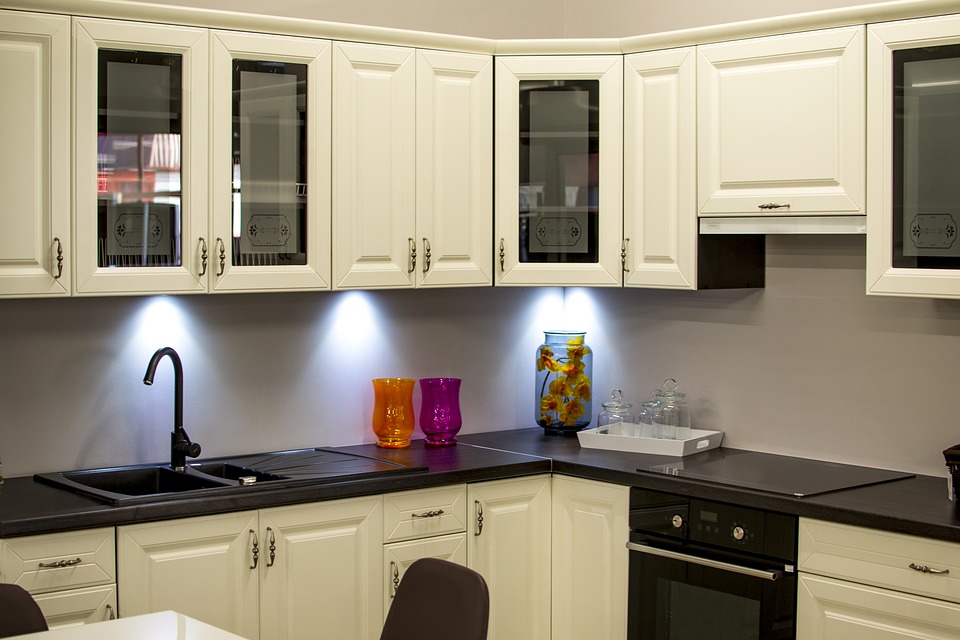 Your old kitchen bulbs look ugly and consume lots of power. Consider replacing them with the modern and energy-efficient LED bulbs. Light acts like jewelry to your kitchen. Who doesn’t like a great piece of jewelry? For this reason, you should ensure that you install beautiful kitchen lighting during the renovation. LED lights with warm color temperature are standard these days and can add a lot of freshness to your kitchen.
Your old kitchen bulbs look ugly and consume lots of power. Consider replacing them with the modern and energy-efficient LED bulbs. Light acts like jewelry to your kitchen. Who doesn’t like a great piece of jewelry? For this reason, you should ensure that you install beautiful kitchen lighting during the renovation. LED lights with warm color temperature are standard these days and can add a lot of freshness to your kitchen.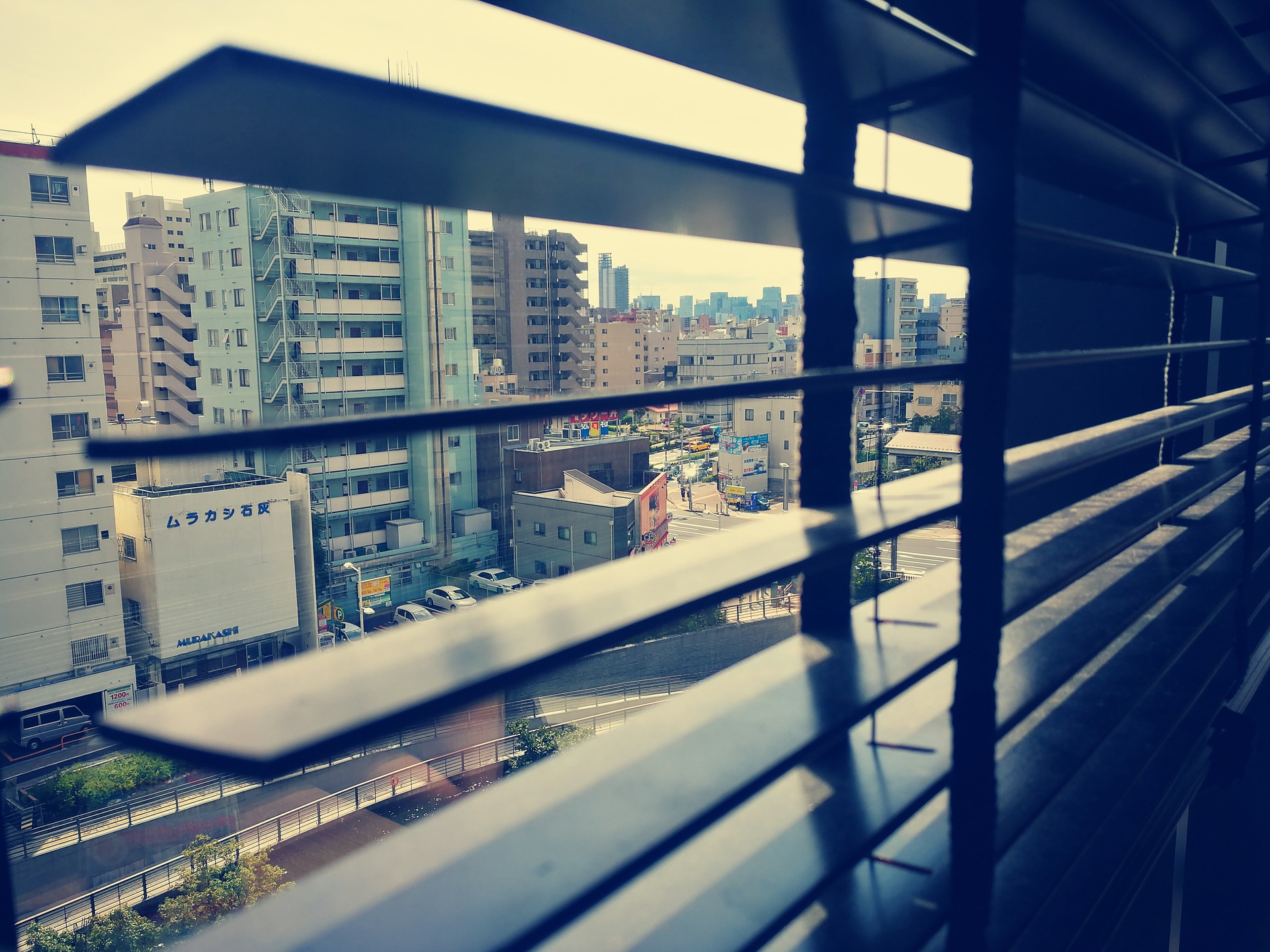
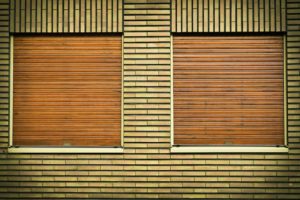 Living in a humid environment should be a top consideration for choosing your blinds. Places near the equator and large bodies of water are more humid than those places located inland and further away from the equator. Because of its high resistance to humidity, faux wood blinds are advisable in these places.
Living in a humid environment should be a top consideration for choosing your blinds. Places near the equator and large bodies of water are more humid than those places located inland and further away from the equator. Because of its high resistance to humidity, faux wood blinds are advisable in these places.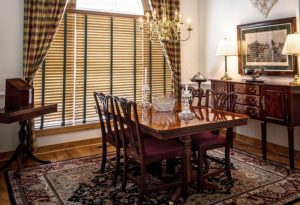 By using faux wood instead of real wood, you are helping the environment. More trees will be saved when homes use faux blinds rather than natural wood. With faux wood mimicking the appearance of real wood, the aesthetic beauty and the natural appeal we are looking for in wood blinds can be provided for by faux wood blinds.
By using faux wood instead of real wood, you are helping the environment. More trees will be saved when homes use faux blinds rather than natural wood. With faux wood mimicking the appearance of real wood, the aesthetic beauty and the natural appeal we are looking for in wood blinds can be provided for by faux wood blinds.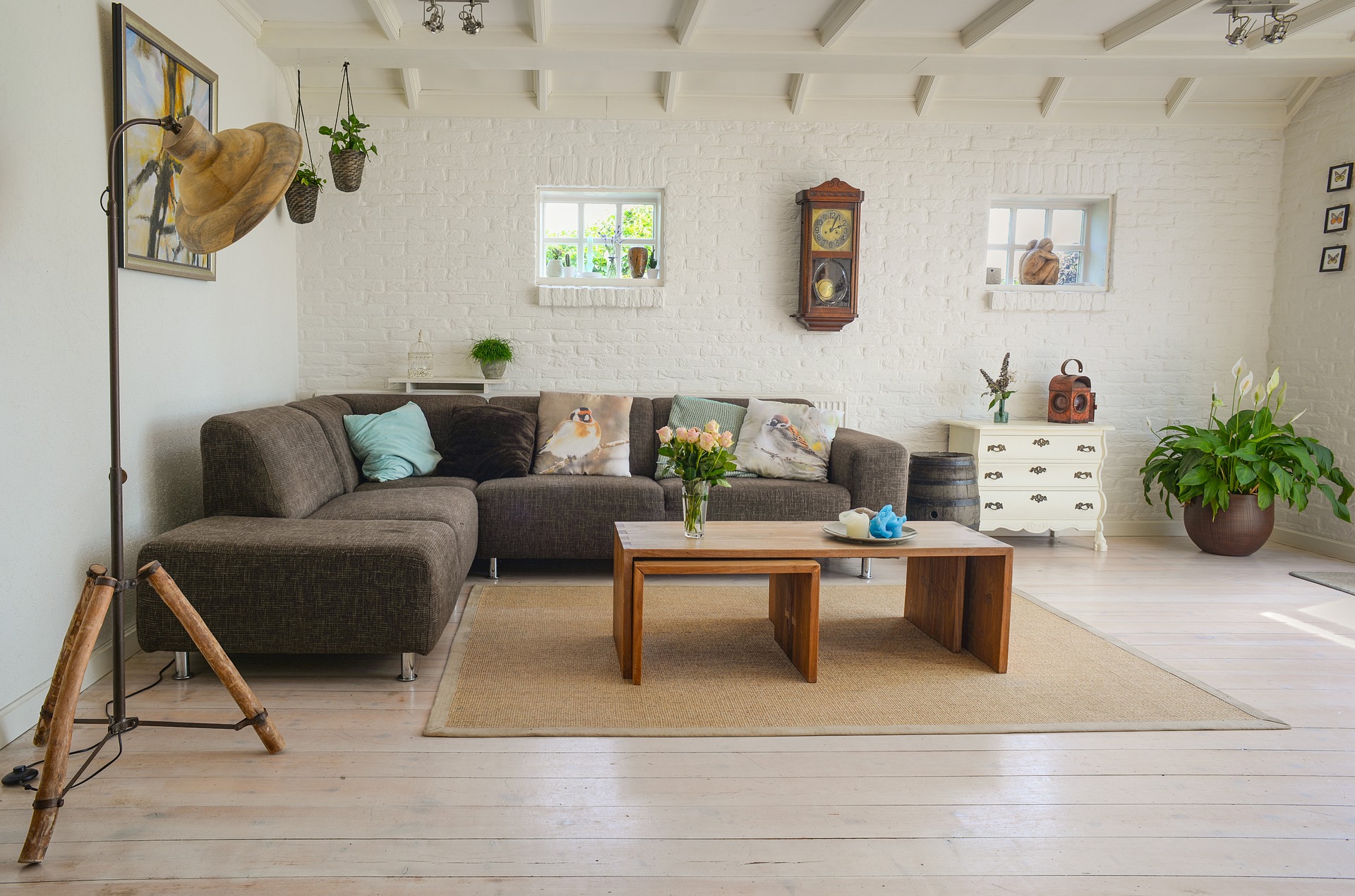
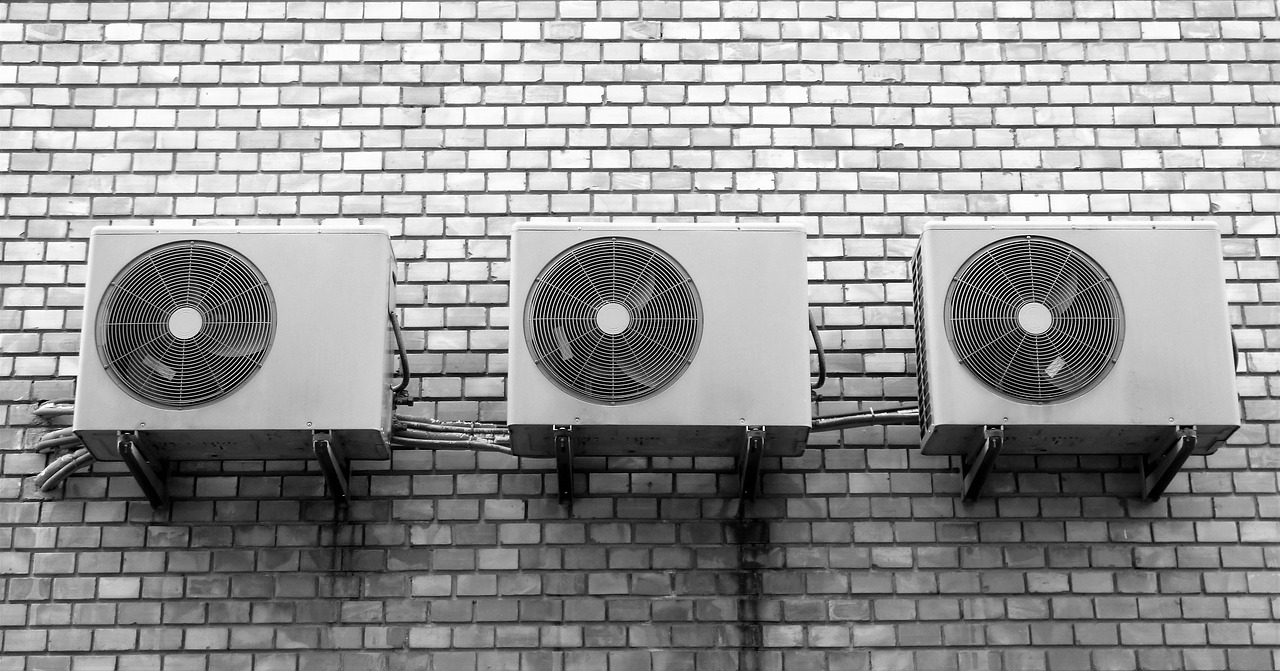 Your number one savior and best friend during this season of the year is your air conditioning system. Imagine experiencing California heat without proper air conditioning that can cool you down, your home would be your absolute nightmare. Just like your health, you do not go to the doctor only when you get sick, and you need to do the routine check-up so you can prevent your body to catch any illness and stay on top of its game.
Your number one savior and best friend during this season of the year is your air conditioning system. Imagine experiencing California heat without proper air conditioning that can cool you down, your home would be your absolute nightmare. Just like your health, you do not go to the doctor only when you get sick, and you need to do the routine check-up so you can prevent your body to catch any illness and stay on top of its game.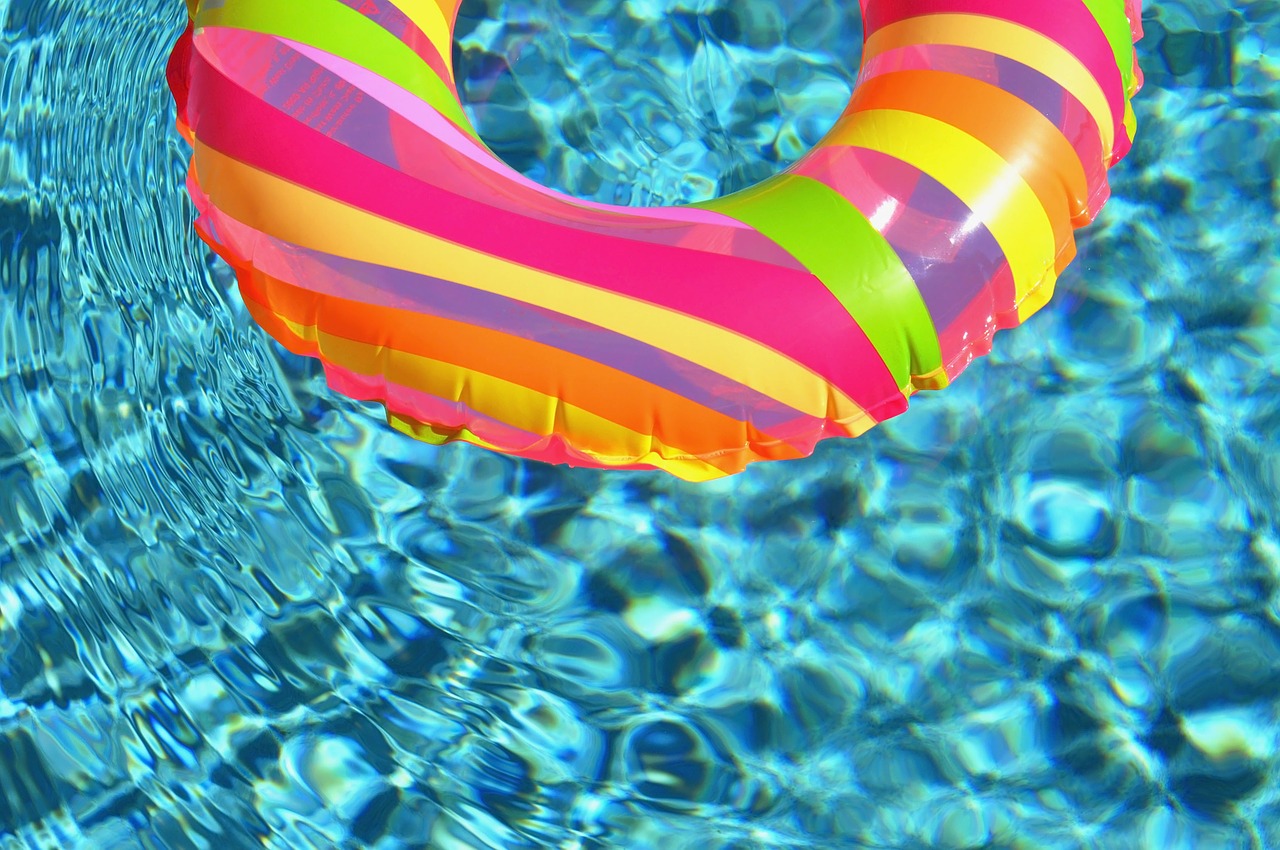 Not everyone wants to stay in the shade and enjoy summer from the other side of the window. If you wish to go outside and enjoy the stay while feeling fresh, then you need to soak in the water. Get yourself an inflatable pool, it does not have to be big or anything as long as you can comfortably fit in it. Get creative and play water guns as well, you are never too old for all the fun that you can have during this time of the year.
Not everyone wants to stay in the shade and enjoy summer from the other side of the window. If you wish to go outside and enjoy the stay while feeling fresh, then you need to soak in the water. Get yourself an inflatable pool, it does not have to be big or anything as long as you can comfortably fit in it. Get creative and play water guns as well, you are never too old for all the fun that you can have during this time of the year.
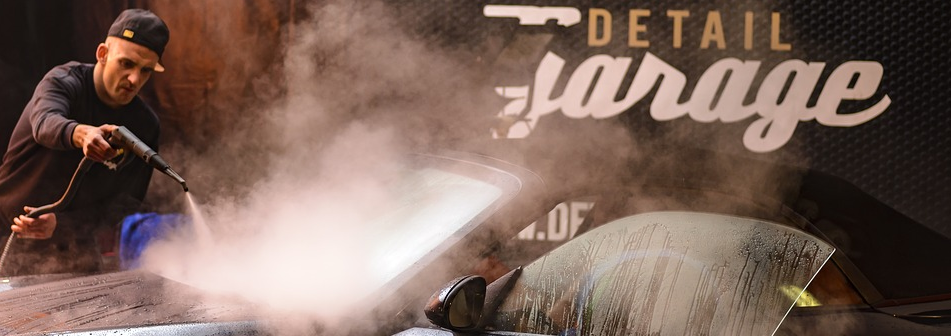
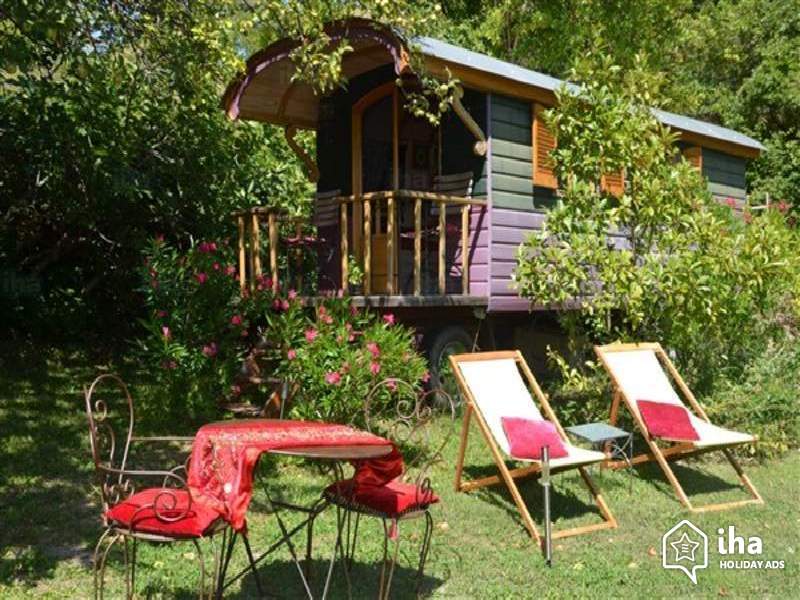
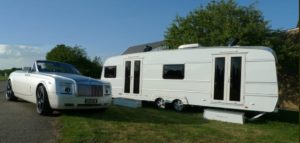 It is essential to determine the need of your caravan before you purchase one. By doing this, you will quickly know the main factors to put into consideration. However, most people buy these awnings to provide shade for an external area. Also, some homeowners purchase these caravan awnings to add reliable protection to doors and windows. Therefore, before you go to the market, it is crucial to determine the need first.
It is essential to determine the need of your caravan before you purchase one. By doing this, you will quickly know the main factors to put into consideration. However, most people buy these awnings to provide shade for an external area. Also, some homeowners purchase these caravan awnings to add reliable protection to doors and windows. Therefore, before you go to the market, it is crucial to determine the need first.